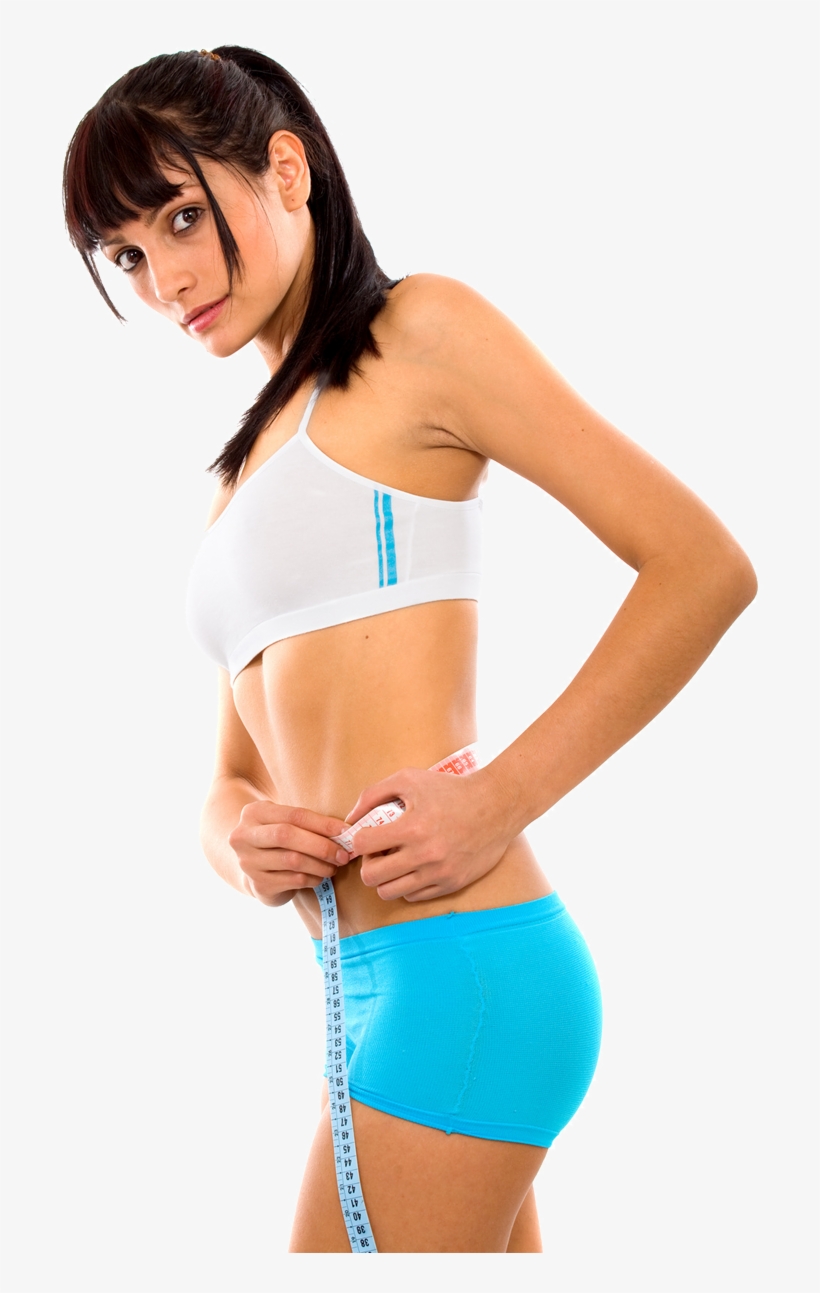Hot yoga, also known as Bikram yoga, has gained significant fashion ability in recent times as a distinctive and demanding form of exercise. It involves rehearsing traditional yoga poses in a heated room, generally set between 95 °F and 105 °F( 35 °C to 40 °C), with high moisture situations. This combination of heat and moisture creates a grueling terrain that offers both benefits and pitfalls. In this composition, we will explore what hot yoga is according to Wikipedia, its implicit advantages and downsides, give tips to enhance your hot yoga experience, and offer safety advice for newcomers.
still, this composition will claw into the subject and explore how this sweat- converting drill can appreciatively impact your well- being, If you are interested in discovering further about the ways in which you can profit from hot yoga.
WHAT is Hot yoga?
Hot yoga, also known as Bikram yoga, is a style of yoga created by Bikram Choudhury. It involves a series of 26 postures and two breathing exercises performed in a heated room. The purpose of the heat and moisture in the room is to replicate the climate of India, the motherland of yoga. The elevated temperature promotes inflexibility, improves rotation, and intensifies the drill.
benefits of hot yoga?
Enhanced Flexibility:
The heat in a hot yoga plant warms up your muscles, making them more pliable and allowing for deeper stretching. Over time, this can lead to bettered inflexibility.
Increased Strength:
Hot yoga engages multiple muscle groups, promoting strength and trimming. Holding grueling acts in the heat can make muscle abidance and enhance overall physical strength.
Detoxification:
Sweating profusely during a hot yoga session helps flush poisons from the body. It can stimulate the lymphatic system and promote detoxification.
Improved Cardiovascular Health:
The heat in hot yoga raises your heart rate, furnishing a cardiovascular drill. Regular practice can ameliorate heart health, stamina, and rotation.
Stress Relief:
Like other forms of yoga, hot yoga promotes relaxation and reduces stress. The combination of deep breathing, awareness, and physical movement can help calm the mind and promote a sense of well- being
RISKS OF HOT YOGA
Here we will Talk about most Risks steps of while doing Hot Yoga:
Dehydration:
The high temperature and inordinate sweating during hot yoga can lead to dehumidification. It's pivotal to drink plenitude of water before, during, and after the session to stay duly doused .
Overexertion and Fatigue:
Heat-Related Illness:
Dress Appropriately:
Bring a Towel and Mat:
Listen to Your Body:
Stay Cool:
Respect Your Limits:
Communicate with the Instructor:
Breathe Mindfully:
Maintain Proper Hygiene:
Consult with a Healthcare Professional:
Tips to Get the Most out of Hot Yoga
Stay Hydrated:
Dress Appropriately:
Bring a Towel and Mat:
Pace Yourself:
Focus on Breath:
Should You Try Hot Yoga?
How to Get Started Hot Yoga?
Find a Qualified Instructor:
Start with Beginner Classes:
Listen to Your Body:
People Also Ask:
Q: What is hot yoga?
Hot yoga is a style of yoga rehearsed in a heated room, generally maintained at temperatures ranging from 95 °F( 35 °C) to 105 °F( 40 °C) or advanced. It's designed to promote inflexibility, detoxification, and a deeper release in the body.Q: Why is the room heated?
The heat in a hot yoga class is believed to help warm up and relax the muscles, allowing for lesser inflexibility and a deeper stretch. It also promotes sweating, which is believed to prop in the detoxification process.Q: What are the benefits of hot yoga?
Some implicit benefits of hot yoga include increased inflexibility, bettered rotation, enhanced detoxification, stress relief, calorie burning, and bettered cardiovascular fitness. It can also help develop internal focus and discipline.Q: Are there any risks associated with hot yoga?
A Hot yoga can be physically demanding and may pose pitfalls for certain individualities. People with certain medical conditions, similar as heart problems, high blood pressure, or heat perceptivity, should consult their healthcare provider before rehearsing hot yoga. It's essential to stay doused and hear to your body during the practice to avoid overheating or dehumidification.Q: What should I wear and bring to a hot yoga class?
It's recommended to wear featherlight, permeable, and humidity- wicking apparel that allows for ease of movement. Bring a yoga mat, a large kerchief to cover your mat and for wiping off sweat, and a water bottle to stay doused . Some workrooms may give napkins and mats for rent or trade.Q: How should I prepare for a hot yoga class?
It's important to come to class well-doused by drinking water throughout the day. Avoid eating a heavy mess at least two hours before the class. Arrive beforehand to allow your body to acclimate to the heat, and inform your educator if you have any injuries or medical enterprises.Q: Can beginners practice hot yoga?
Yes, newcomers can exercise hot yoga, but it's judicious to start with shorter classes and gradationally make up your forbearance to the heat. Take breaks and hear to your body, as pushing too hard too soon can lead to injuries.Q: How often should I practice hot yoga?
The frequency of your hot yoga practice depends on your fitness position, schedule, and particular pretensions. It's generally recommended to start with two to three classes per week and gradationally increase as you come more comfortable and conditioned.Q: What should I do after a hot yoga class?
After a hot yoga class, it's important to rehydrate by drinking water or electrolyte- replenishing drinks. Take a shower to cool down, and allow your body to rest and recover. hear to your body and take any necessary way to replenish your energy situations.Conclusion
Hot yoga offers a unique and grueling exercise experience with implicit benefits similar as enhanced inflexibility, increased strength, and stress relief. still, it's important to be apprehensive of the pitfalls, stay duly doused , and hear to your body. By following safety tips and starting sluggishly, you can maximize your hot yoga experience and enjoy the multitudinous advantages it has to offer. Flash back to consult with a healthcare professional before starting any new fitness authority, especially if you have pre-existing health conditions.

.png)
.png)




.png)







.png)



.jpg)


.jpg)




0 Comments
PLEASE DO NOT ENTER ANY SPAM LINK IN THE COMMENT BOX.